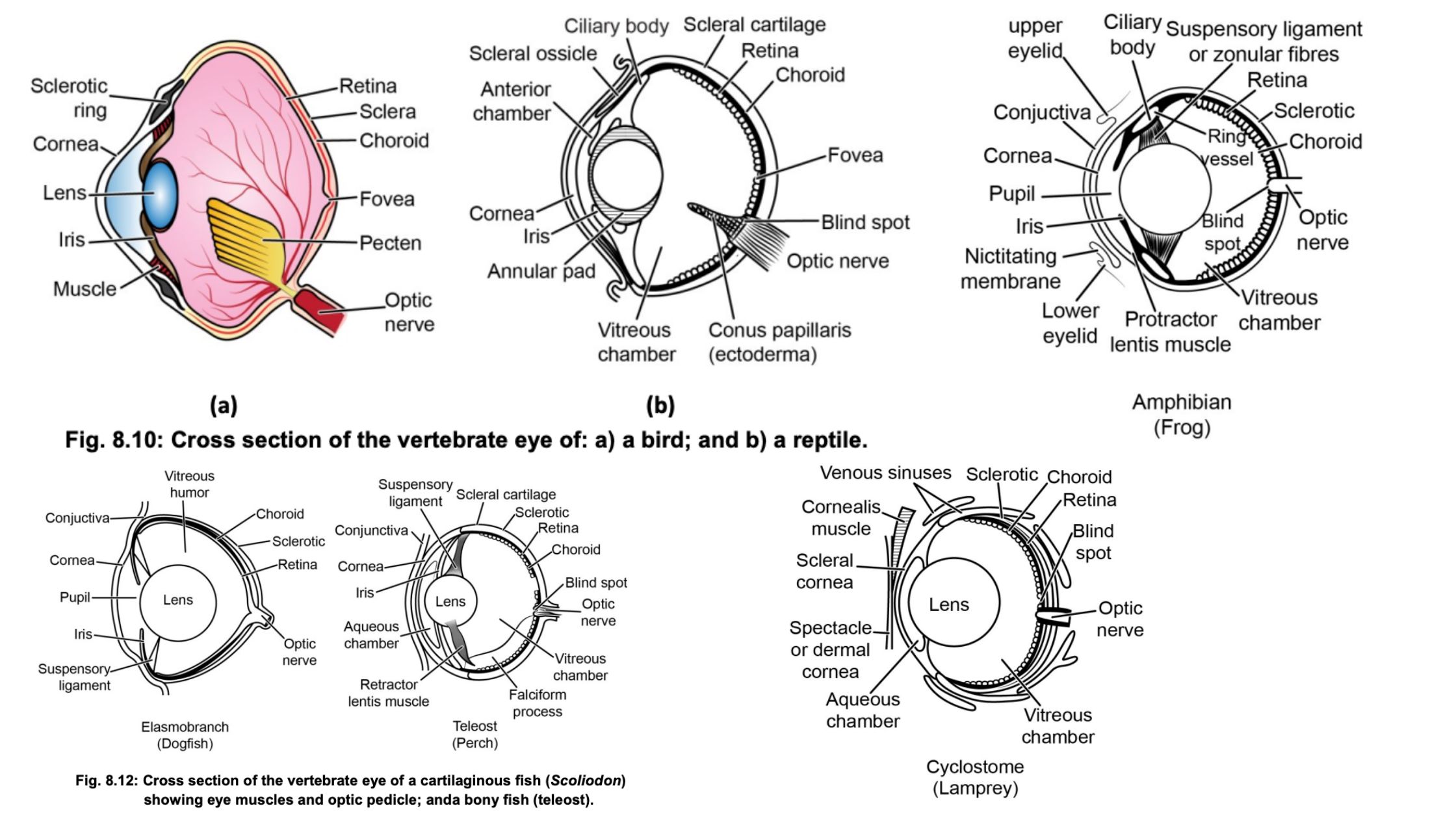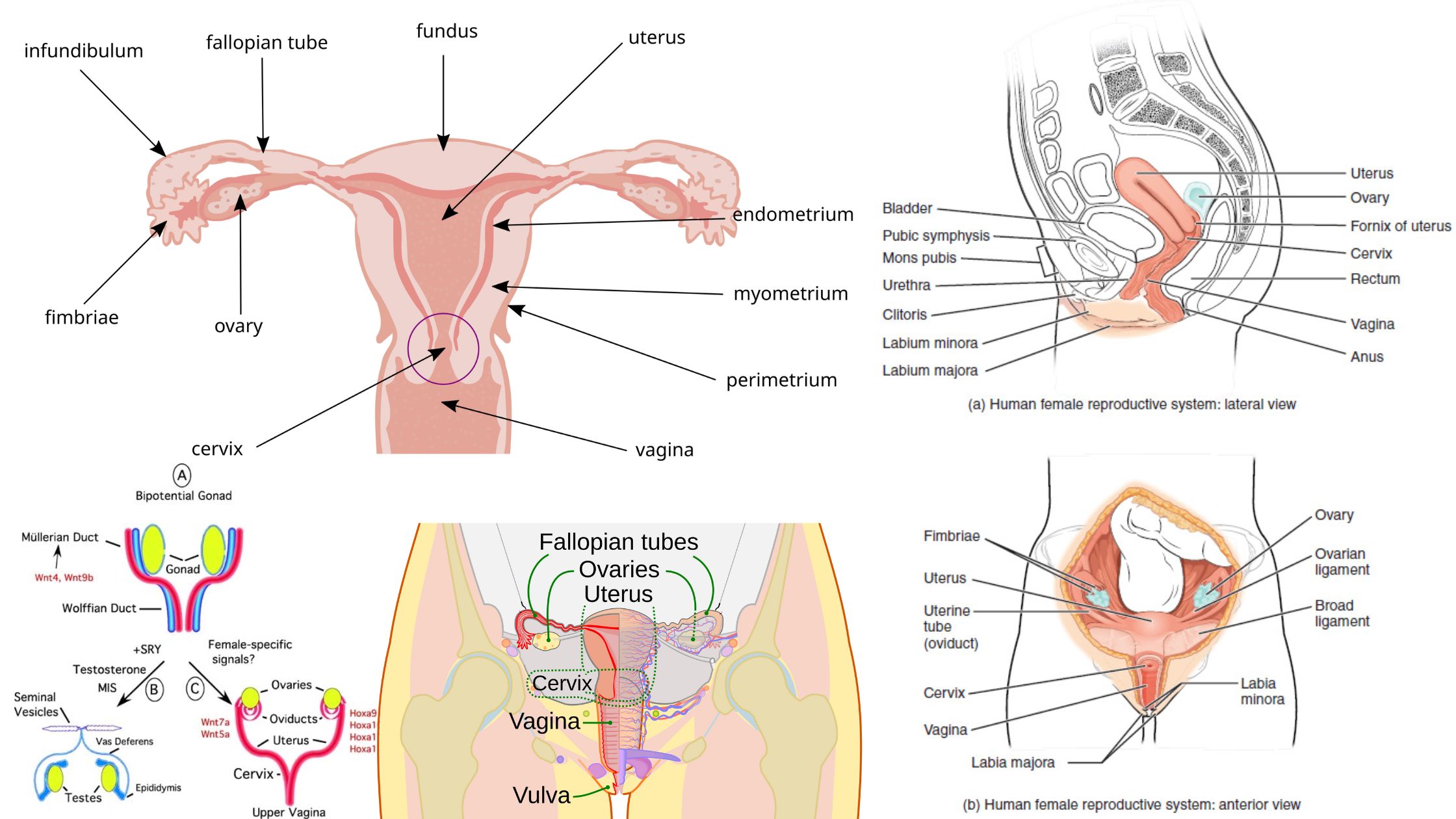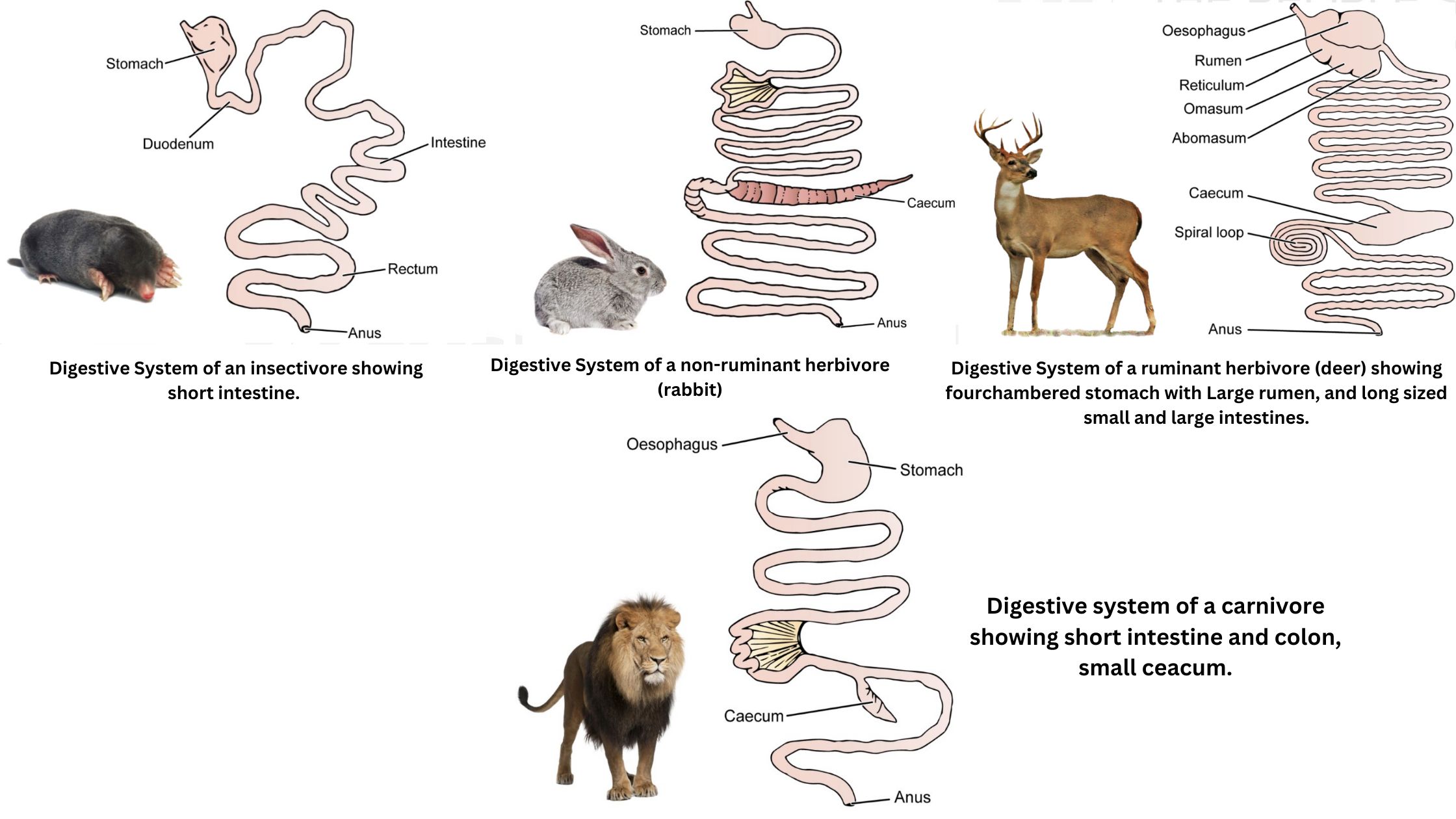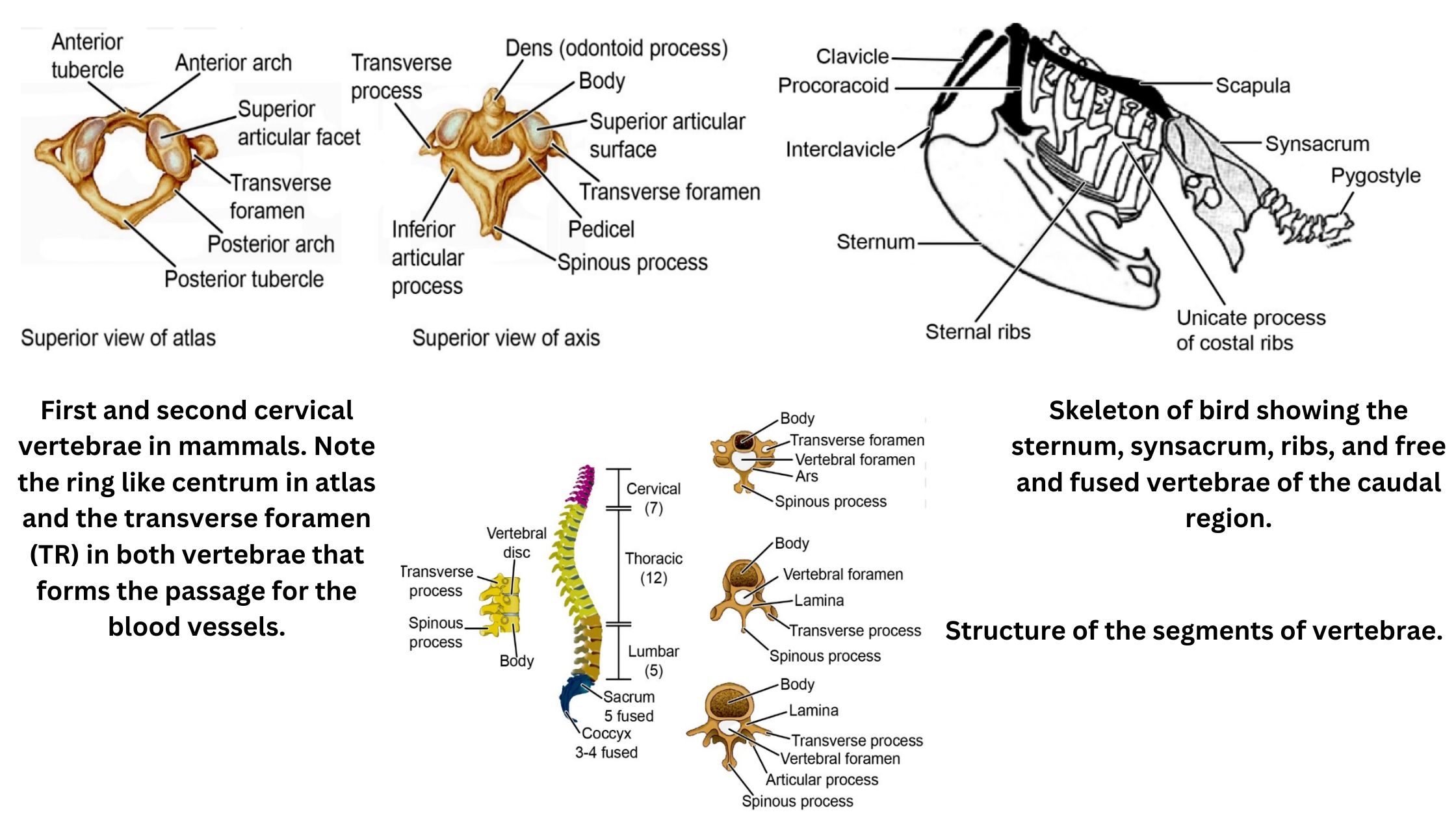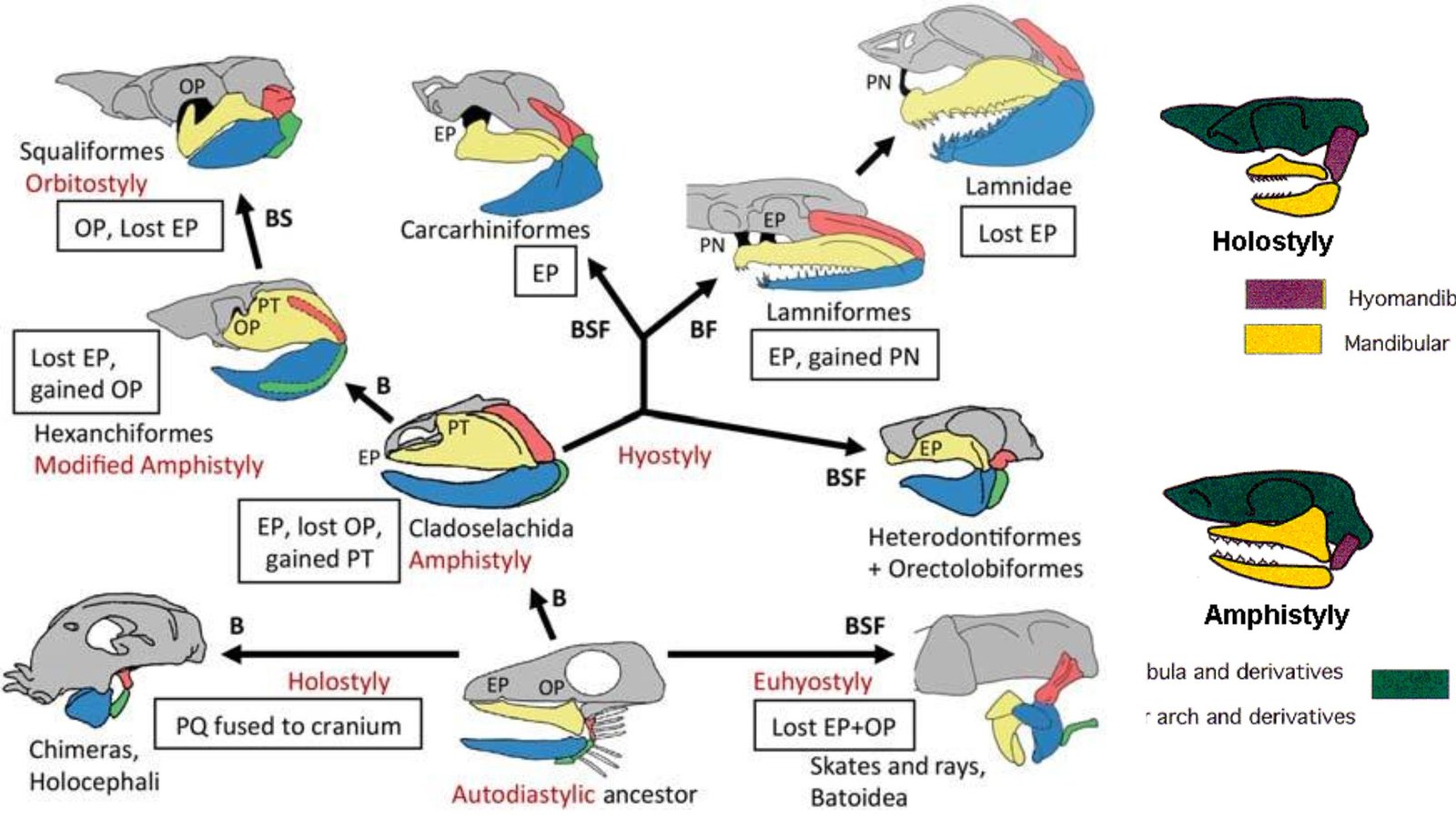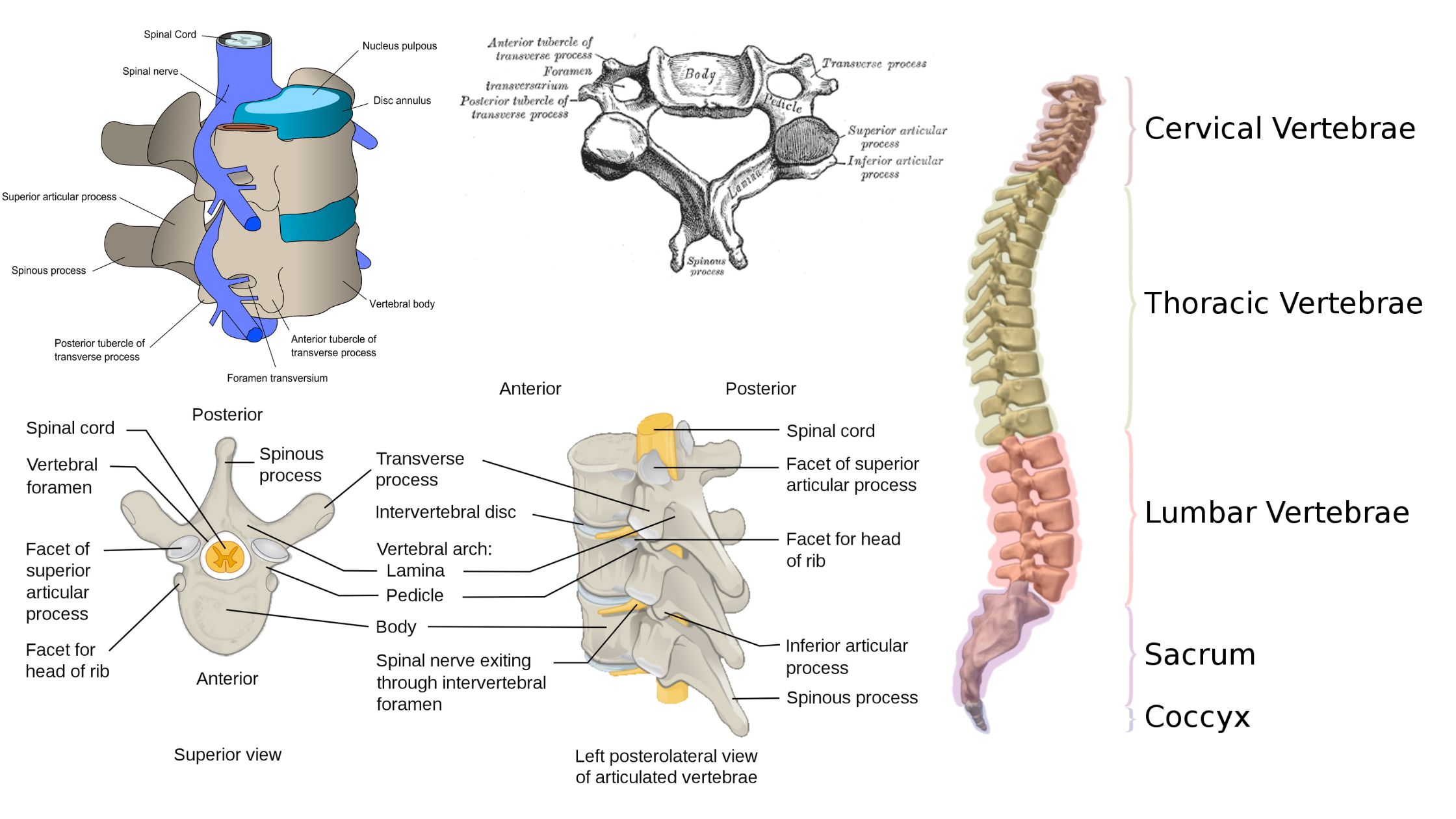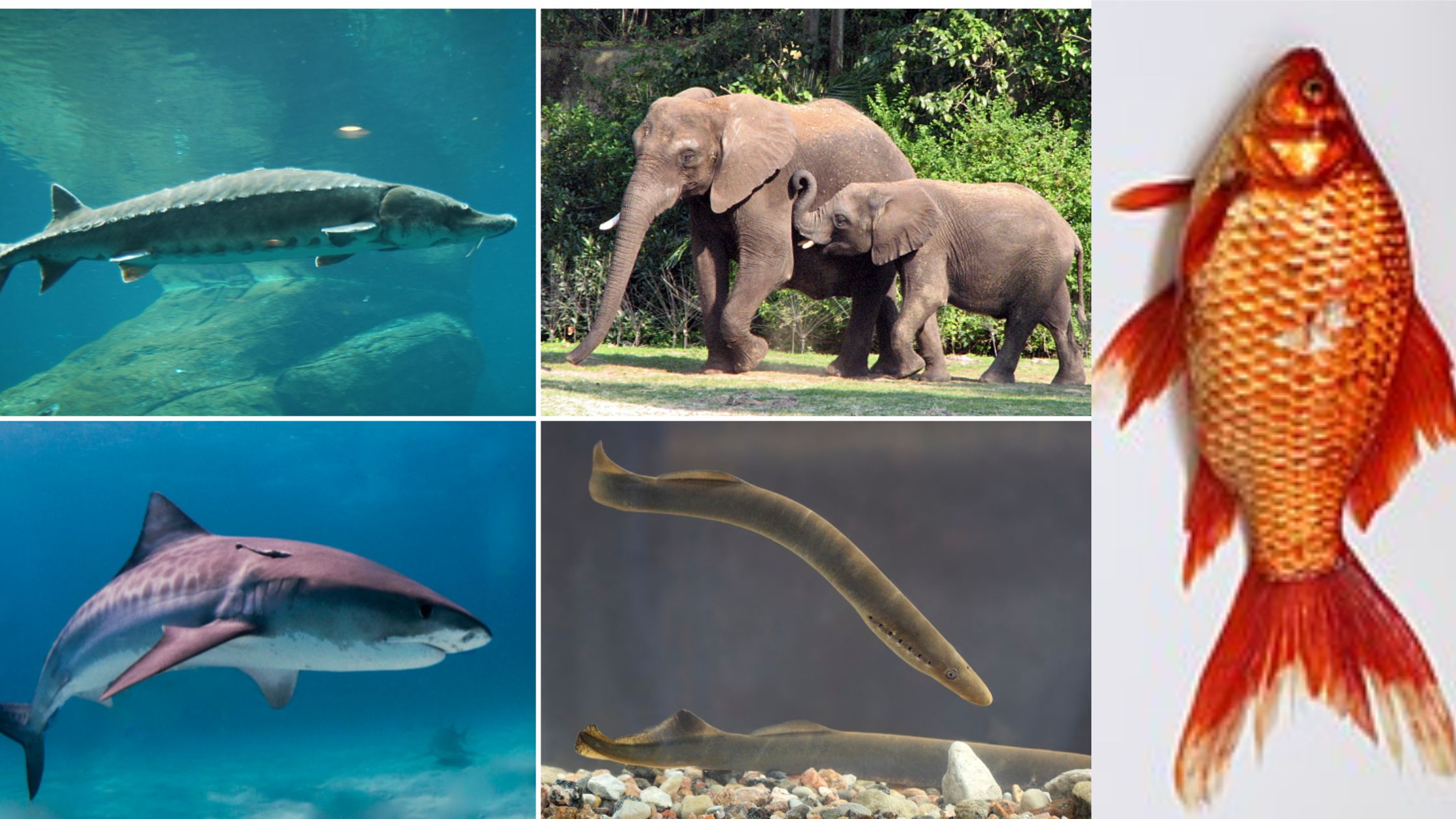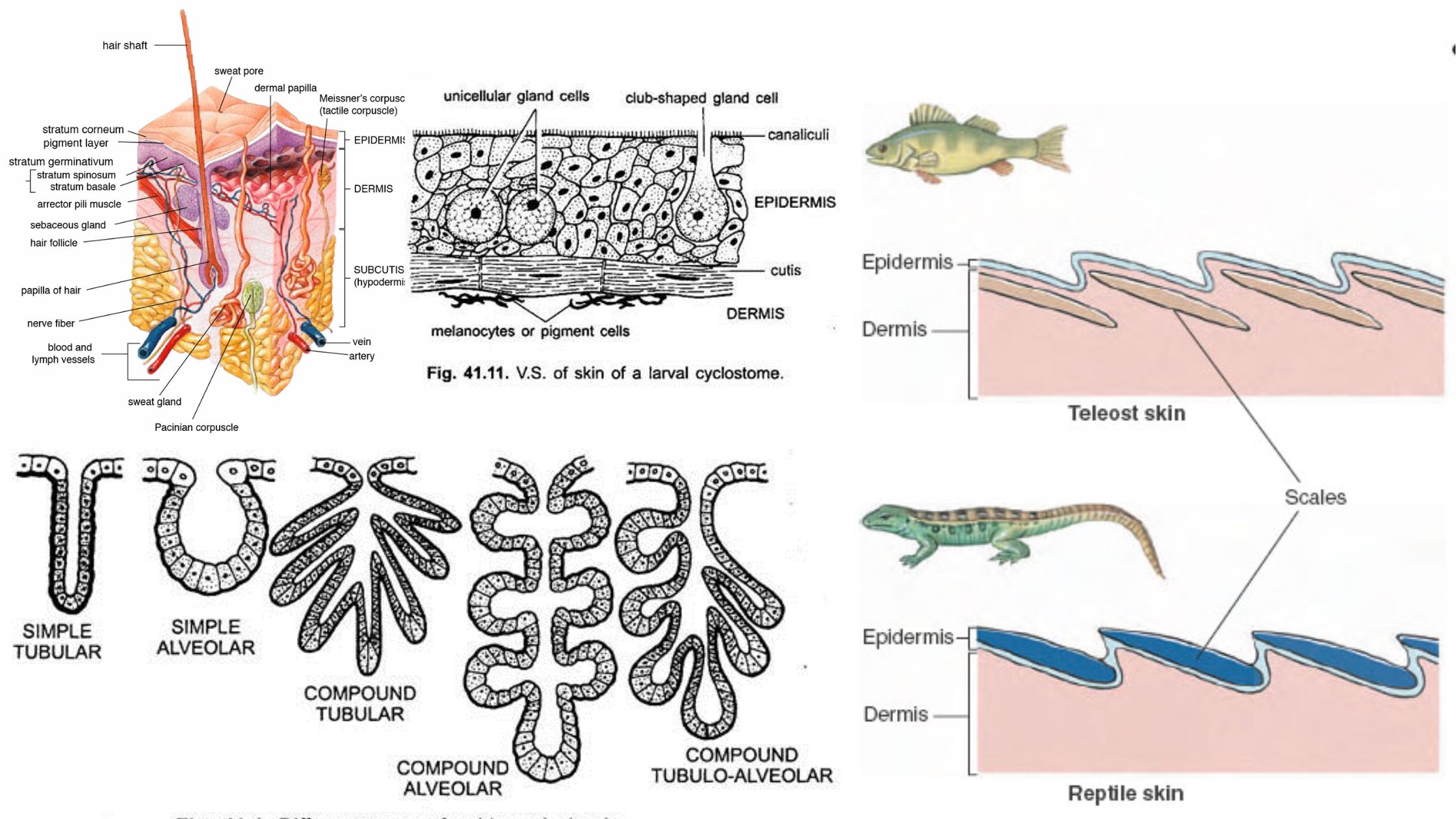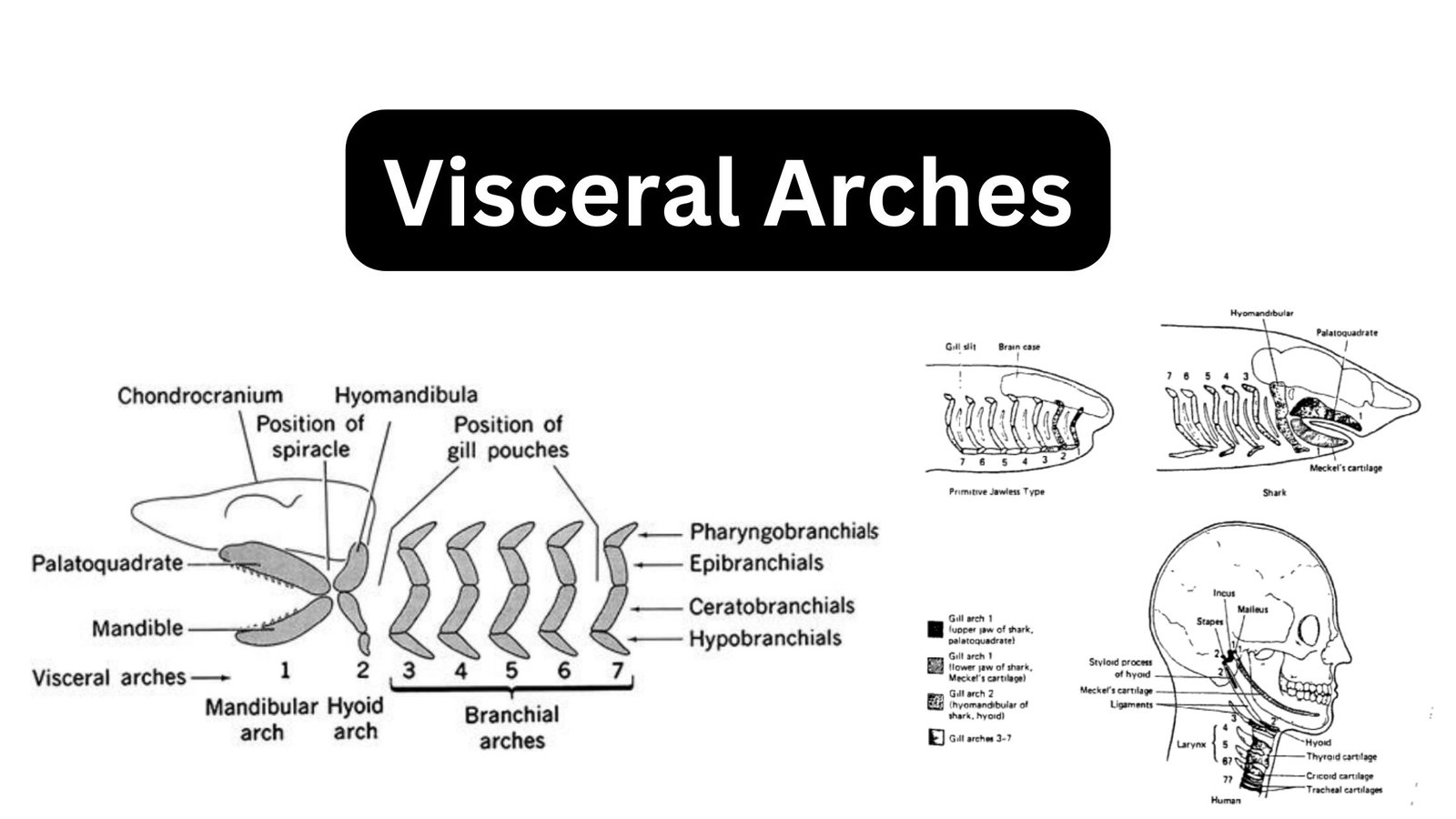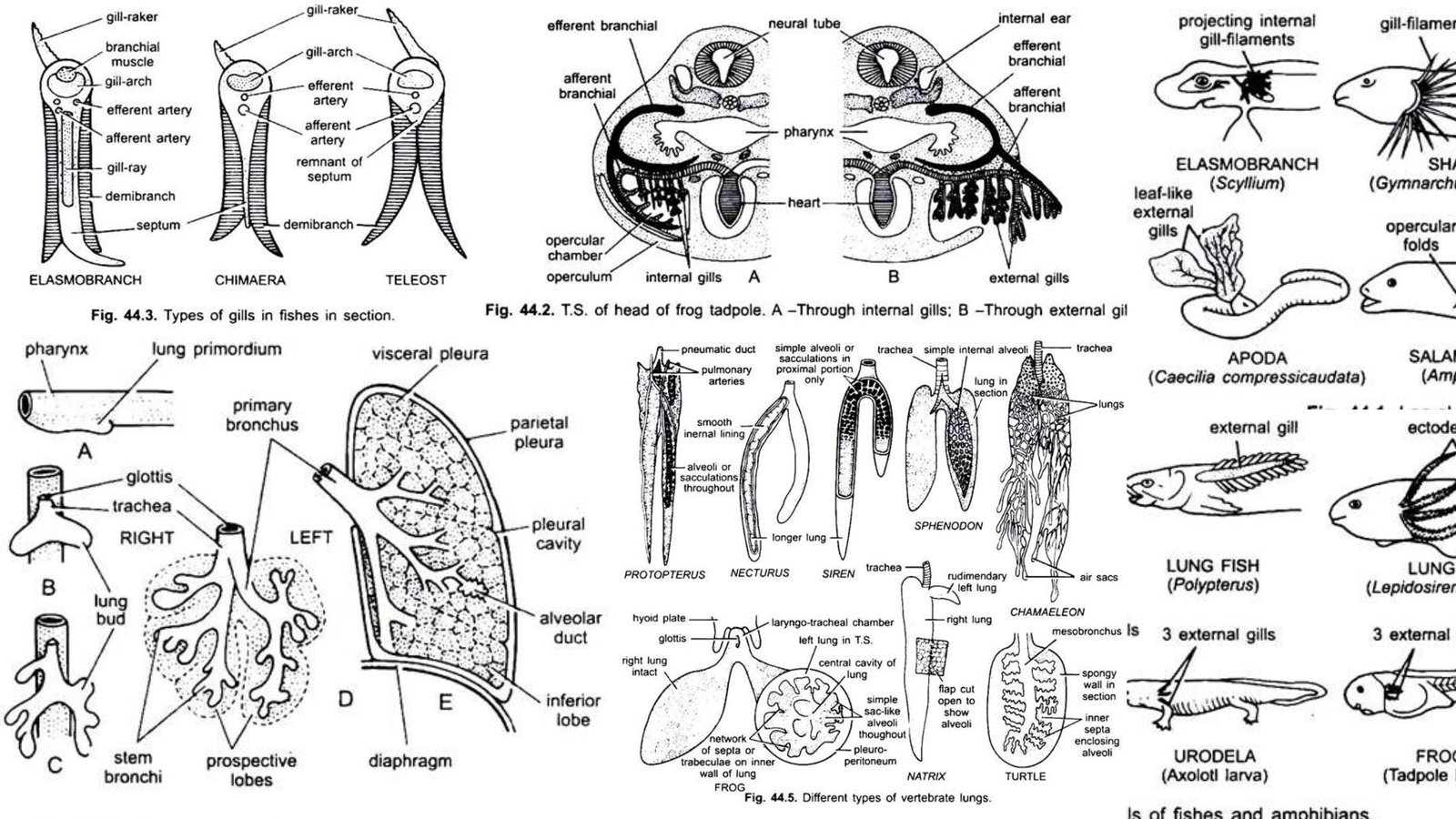Sense Organs – Classification of receptors, Brief account of visual and auditory receptors in man
What are Sense Organs? Types of Sensory Receptors Sensory receptors in vertebrates are specialized structures that detect various types of stimuli from both the external and internal environments. These receptors convert sensory input into electrical signals, which are then transmitted to the brain for processing. Sensory receptors are classified based on their distribution, location, and … Read more
